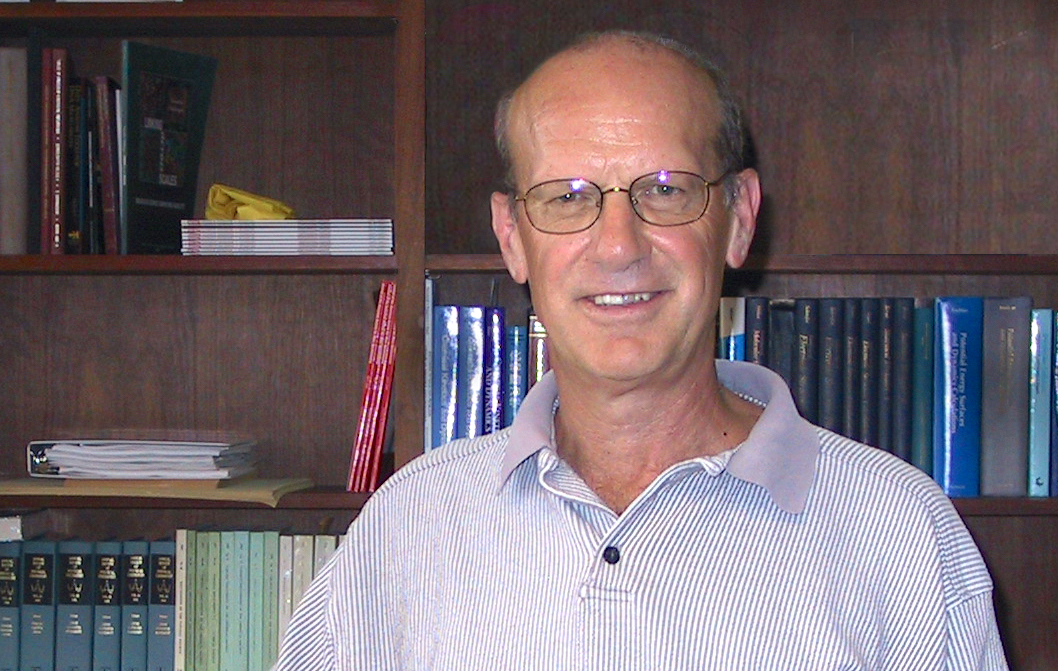Remembrance of William L. Hase

It is with great sadness that we report the loss of our friend and former colleague, William L. Hase, who died on March 23, 2020, from cancer. Hase was a highly valued colleague in the Department of Chemistry for more than 30 years before he moved to the Department of Chemistry and Biochemistry at Texas Tech University as the Robert A. Welch Chair.
Hase was born in 1945 in Washington, Missouri. He received his B.S. in chemistry from the University of Missouri in 1967, his Ph.D. in chemistry from New Mexico State University in 1970 with John D. Simons, and pursued postdoctoral studies at the University of California, Irvine with Don Bunker.
Hase joined the faculty of the Department of Chemistry at Wayne State University in 1973. He rapidly rose through the ranks, being promoted to associate professor in 1978, professor in 1981, Wayne State Academy of Scholars in 1994, and distinguished professor in 1997. During his more than 30 years of service, he was a highly dedicated professor, researcher, and mentor to both students and early career faculty, particularly to the physical chemistry division.
Hase originally came to Wayne State as an experimental physical chemist, but quickly shifted his research focus to theoretical/computational chemistry, where he made numerous seminal contributions that shaped many aspects of this field. Hase began applying theoretical and computational approaches to study unimolecular reactions with the goal of understanding these reactions in terms of classical and quantum dynamics and relating them to statistical rate theories, in particular, Rice-Ramsperger-Kassel- Marcus (RRKM) theory. Later, Hase investigated gas-phase SN2 reactions and was the first to discover non- RRKM and transition state theory (TST) dynamical features of these reactions.
Hase also made vital contributions to the study of scattering of ions and molecules at surfaces and the ensuing energy transfer processes that enable soft landing of ions on surfaces or lead to surface-induced dissociation (SID). His approaches were applied to a variety of systems; in particular, studies of peptide dissociation. Hase is well known for the development of his direct dynamics program system VENUS, which became the cornerstone of his chemical dynamics simulation efforts.
Hase founded the annual Mesilla Chemistry Workshop in 1997. His vision for this meeting was similar to that of the department's Frontiers in Chemistry seminar series, which brings together leading scientists from around the world to discuss a different topic at the frontiers of physical chemistry each year.
Hase strongly influenced my choice to pursue my academic career at WSU and was a constant source of advice and support early in my career. I fondly remember PChem dinners and our many scientific discussions and social interactions. I felt a great loss when he moved
to Texas Tech, but our common research interests regularly brought us together at scientific conferences. Although we spoke of collaborating often, somehow we only managed to publish one paper together. At the time of his passing, we had just begun to work on a joint proposal.
Colleagues and former members of Hase's research group are planning a symposium to celebrate his life and scientific contributions that will take place at the ACS Spring 2021 meeting. A special memorial issue of the International Journal of Mass Spectrometry is also currently being prepared and several nice tributes have been written in his honor.
Hase will be greatly missed, and is survived by wife, Alice M. Young (also formerly of WSU); his daughter; and his three brothers.
The family would value donationsin Hase's name to the South Plains Food Bank, the South Plains Wildlife Rehabilitation Center, or
the William L. Hase and Alice M. Young Fellowship in Chemistry at the University of Missouri (407 Reynolds Alumni Center, University of Missouri, Columbia, MO 65211).
By Mary T. Rodgers